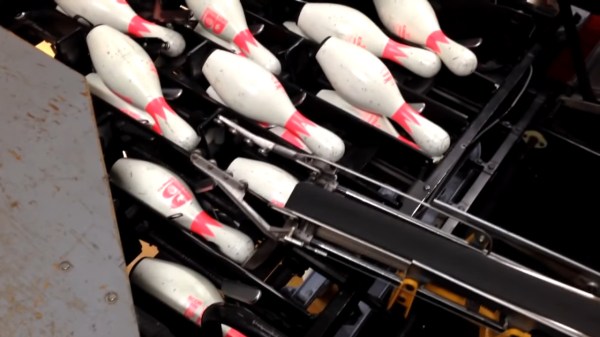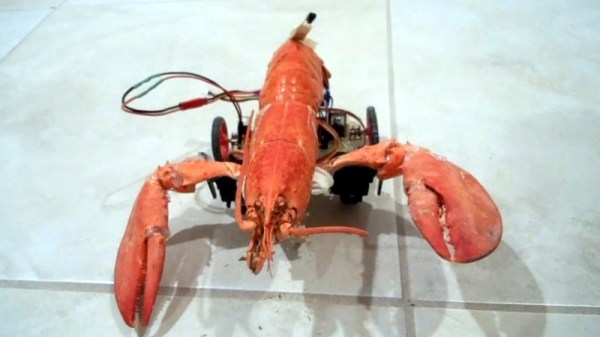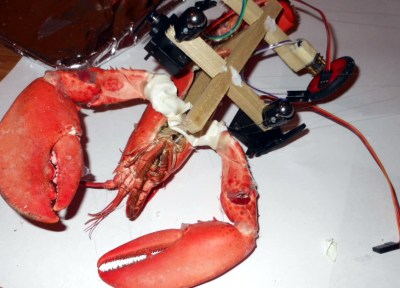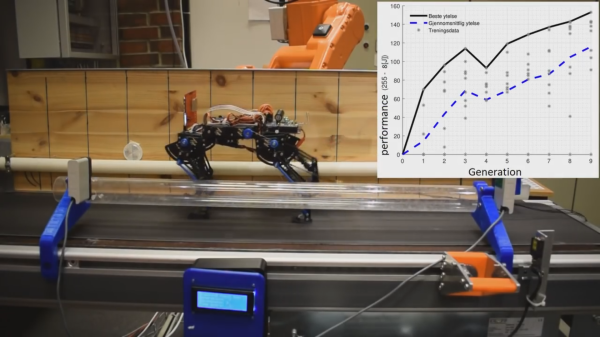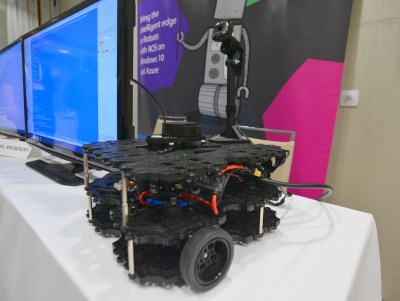Atlas is back, and this time he’s got some sweet parkour moves to show off. Every few months, Boston Dynamics gives us a tantalizing glimpse into their robotics development labs. They must be doing something right, as these videos never fail both to amaze and scare us. This time Atlas, Boston Dynamics humanoid bipedal robot, is doing a bit of light parkour — jumping over a log and from box to box. The Atlas we’re seeing here is the evolution of the same robot we saw at the DARPA Robotics Challenge back in 2013.
The video caption mentions that Atlas is using machine vision to analyze the position of markers on the obstacles. It can then plot the most efficient path over the obstructions. The onboard control system then takes over and uses Atlas’ limbs and torso for balance and momentum as the robot jumps up and over everything in its path.
It’s interesting to see how smoothly Atlas jumps the offset staircase, leaping left to right from step to step. The jumping is extremely smooth and fluid — it seems almost human. You can even see Atlas’ let foot just barely clear the box on the second jump. We have to wonder how many times Atlas fell while the software was being perfected.
One thing is for sure, logs and boxes may slow down zombies, but they won’t help anymore when the robot uprising starts.


